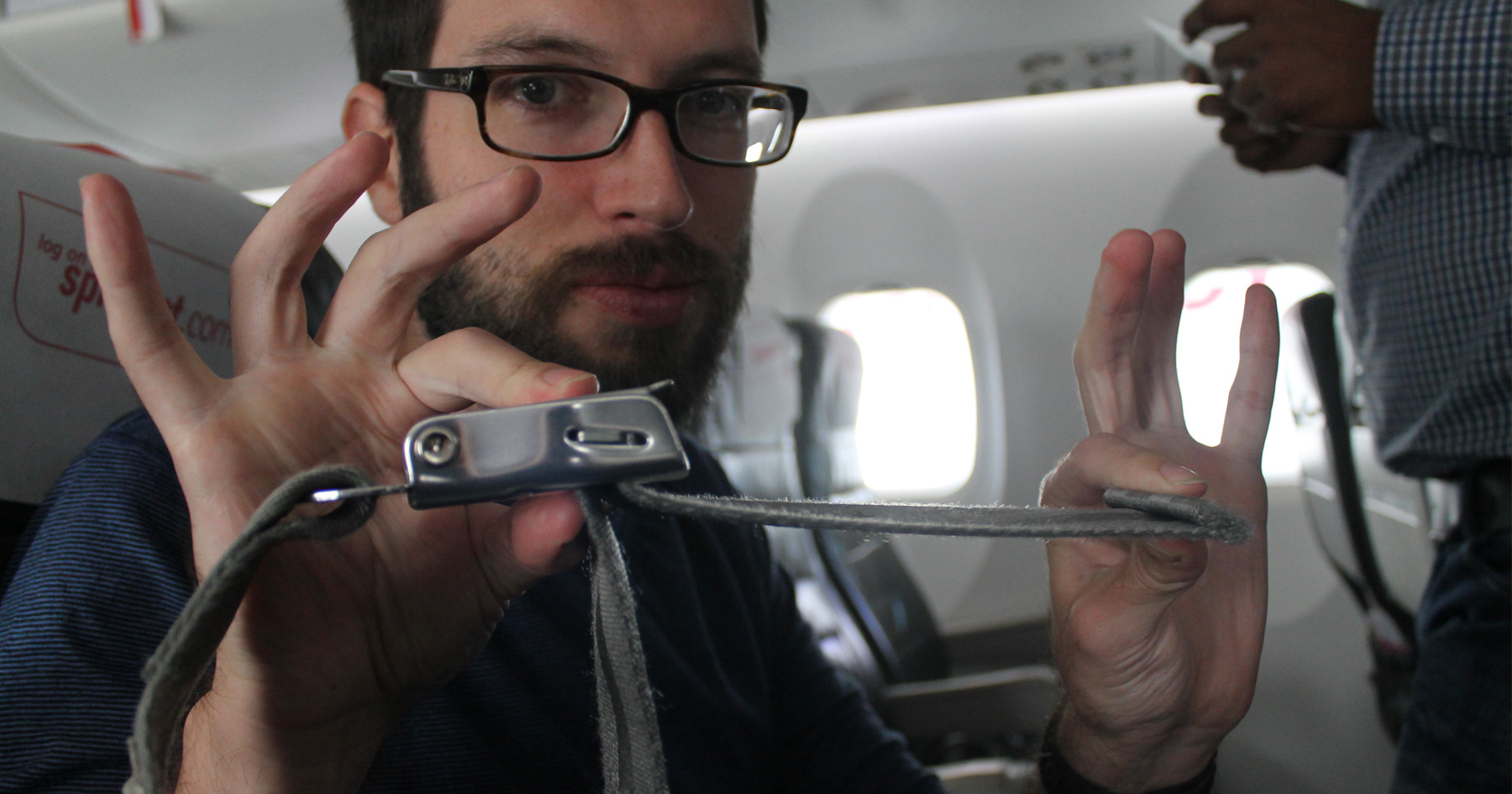Seat belts in airplanes, known as “lift lever” belts, differ from those in cars but serve the same crucial purpose. These belts unfasten when lifted, providing a simple yet effective means of securing passengers during flight. While pilots and crew may have additional shoulder straps, passengers typically utilize lap belts to mitigate the risks associated with turbulence.
Dispelling Myths
Contrary to common misconceptions, airplane seat belts are not solely for crash scenarios. They play a vital role in preventing injury during unexpected events such as turbulence or minor collisions. Concerns about hindering evacuation or assisting in identification after accidents are largely unfounded, as the primary function of seat belts is to ensure passenger safety during flight.
Turbulence: A Real Threat
Turbulence poses a significant risk to passengers, with thousands of encounters reported annually in the U.S. alone. The sudden shifts in airflow can cause injuries, including concussions and broken bones, particularly if passengers are not securely belted in. Following crew instructions and fastening seat belts when the sign is illuminated are essential precautions to mitigate this risk.
Cultivating Safe Habits
Encouraging passengers to prioritize wearing seat belts throughout the flight is crucial for their safety. Educating travelers about the purpose and effectiveness of seat belts, along with debunking common myths, can promote a culture of safety within the aviation industry.
Conclusion
In conclusion, wearing seat belts on airplanes is a fundamental safety measure that all passengers should adhere to. By understanding the importance of seat belts and dispelling misconceptions surrounding their use, travelers can contribute to a safer flying experience for themselves and their fellow passengers.

